Big cats are among the most mesmerizing creatures on the planet, each possessing unique adaptations that suit their preferred habitats. While some cats are built for the endless expanses of grasslands, others find sanctuary in the dense, shadowy forests. Have you ever wondered why this is? Let’s delve into the intricate world of these majestic predators and uncover the reasons behind their habitat preferences.
The Role of Evolution in Habitat Preference
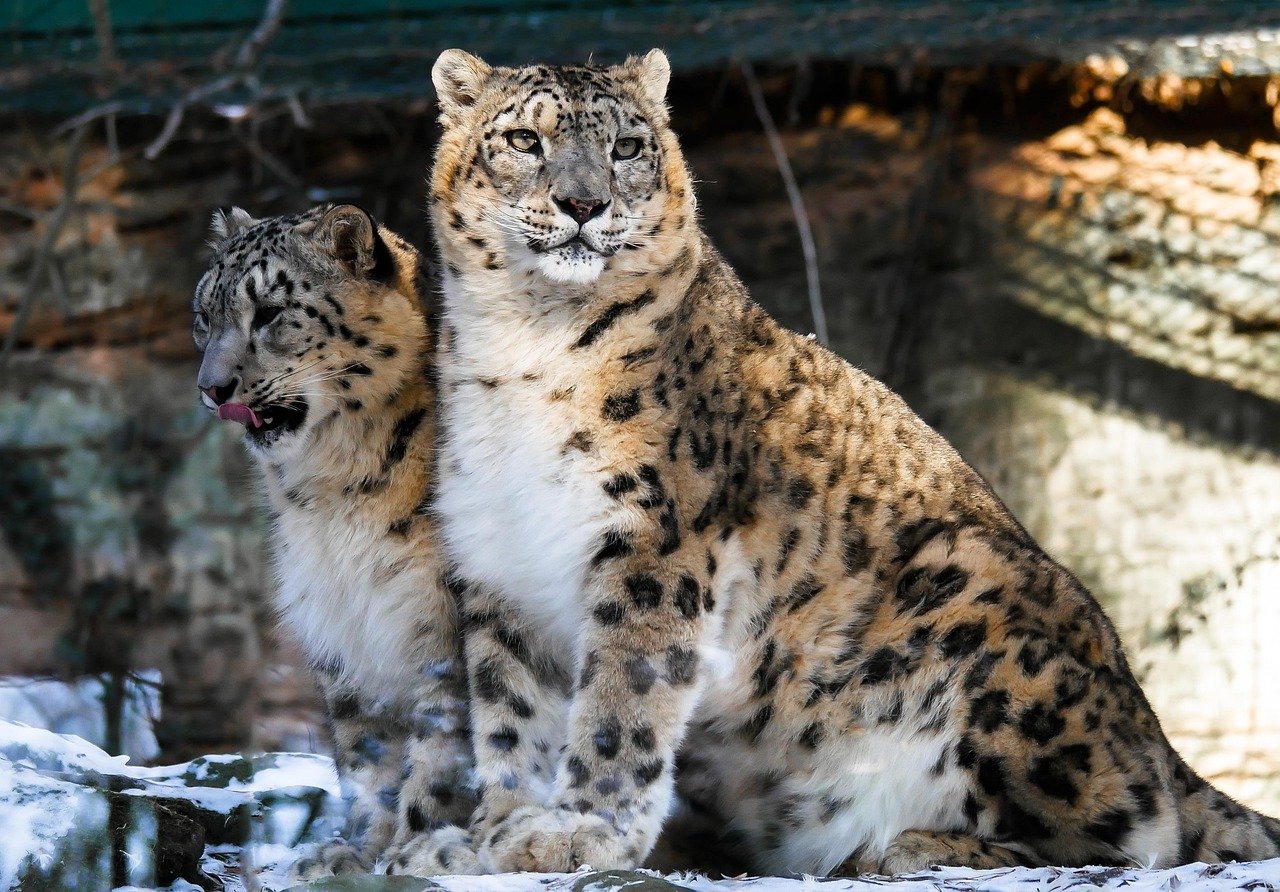
Evolution plays a crucial role in shaping the habitat preferences of big cats. Over thousands of years, these magnificent creatures have adapted to thrive in environments that offer the best chances of survival. For instance, lions have evolved to dominate the grasslands with their powerful build and social structure, whereas leopards, with their agile and solitary nature, are perfectly suited for the dense forests. Evolution has fine-tuned these adaptations, ensuring each species can hunt, hide, and thrive in its chosen environment.
Camouflage: The Art of Blending In
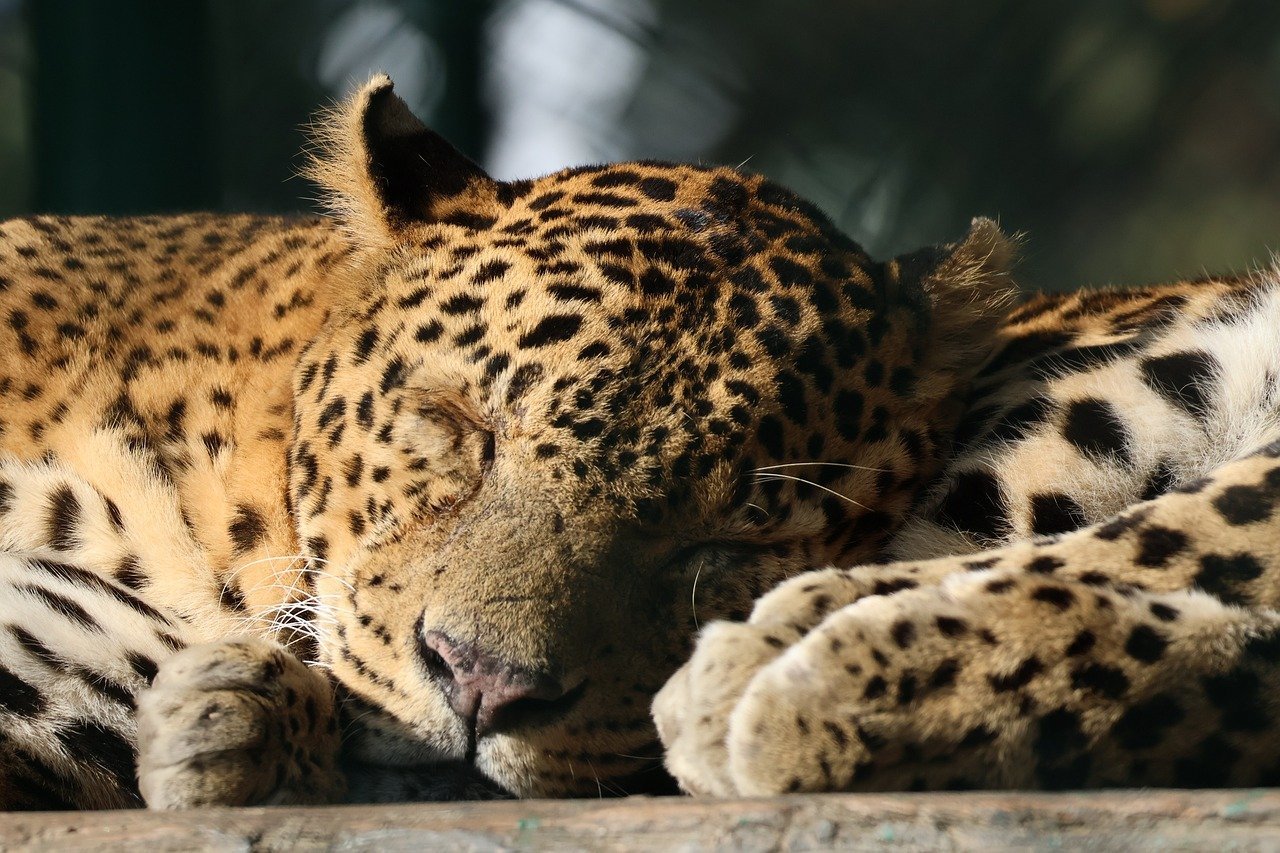
One of the most vital adaptations for big cats is their ability to blend into their surroundings. In the open grasslands, lions benefit from their tawny coats that mimic the color of dry grass, allowing them to approach prey stealthily. Conversely, in the dense forests, the spotted coat of the leopard provides excellent camouflage among the dappled sunlight filtering through the leaves. This natural disguise is essential for both hunting and avoiding detection by potential threats.
Prey Availability and Hunting Techniques
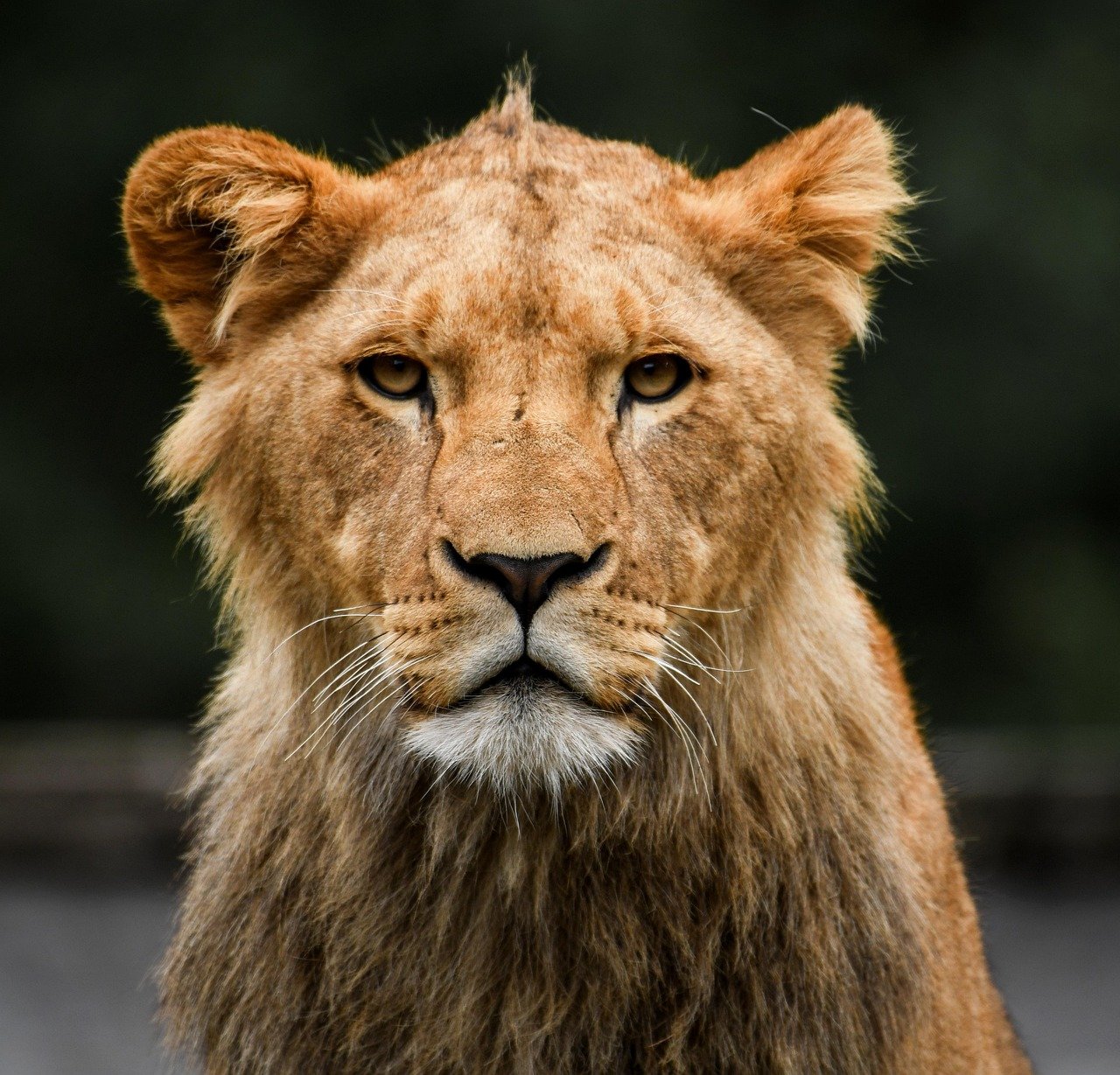
The availability and type of prey heavily influence a big cat’s choice of habitat. Grasslands are home to large herds of herbivores like zebras and wildebeests, which make perfect targets for group hunters like lions. In contrast, the forest is teeming with smaller, more elusive prey such as monkeys and deer, which are ideal for the solitary leopard. The hunting techniques of these cats are specifically tailored to their environments, ensuring they can successfully capture their next meal.
Social Structure and Territory
The social structure of big cats also plays a role in their habitat choice. Lions, known for their pride dynamics, thrive in open areas where they can defend their territory and hunt cooperatively. On the other hand, tigers and leopards, which are more solitary, prefer the solitude of dense forests where they can maintain large territories without competition. The habitat supports their social behaviors, providing the necessary space and resources.
Adaptations to Climate and Environment
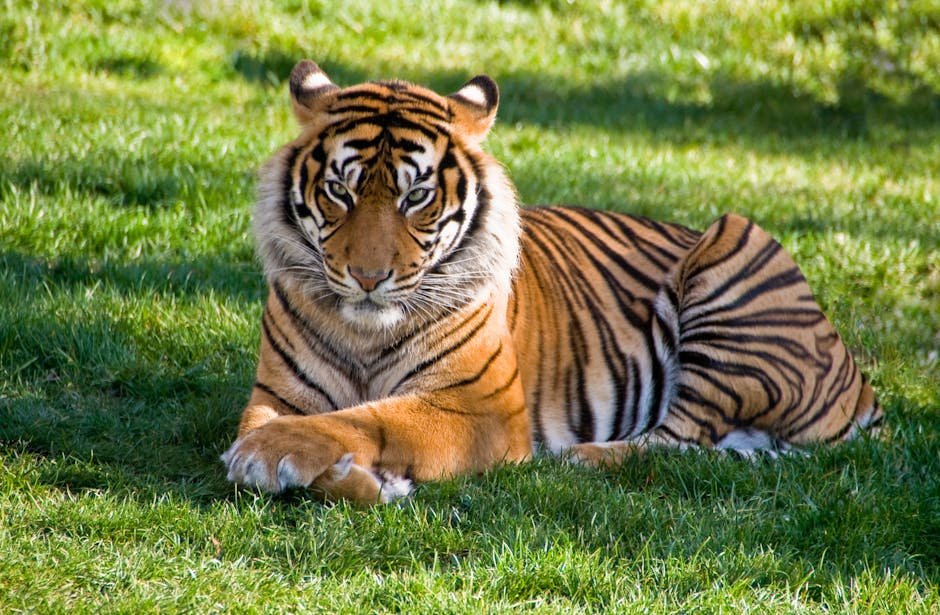
The climate and environmental conditions of a habitat significantly impact where big cats choose to live. Grasslands, with their open skies and seasonal rains, are ideal for lions that rely on the dry season to spot prey from a distance. The thick canopy of forests offers tigers a cooler, more humid environment, protecting them from the harsh sun and providing ample cover. These adaptations ensure each cat can endure the specific challenges posed by their habitat.
Physical Build and Mobility
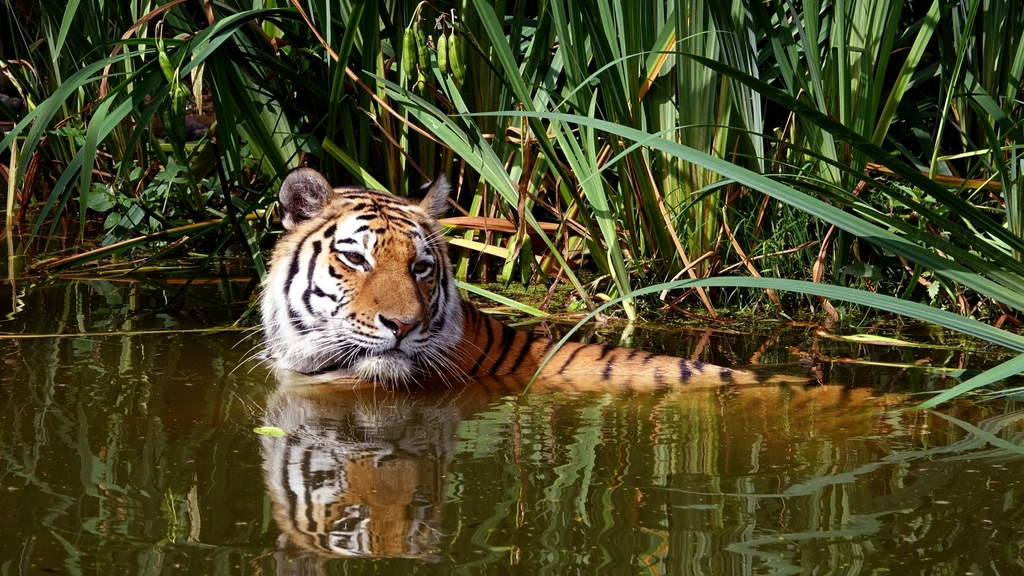
The physical build of big cats is another determining factor in their habitat preference. Lions possess a muscular build that allows them to sprint across open plains, while leopards are more lithe and agile, perfect for climbing trees in the forest. The dense undergrowth of the forest requires cats to be nimble and stealthy, whereas the open grasslands demand speed and strength. These physical traits are perfectly aligned with the demands of their respective environments.
Communication and Vocalization
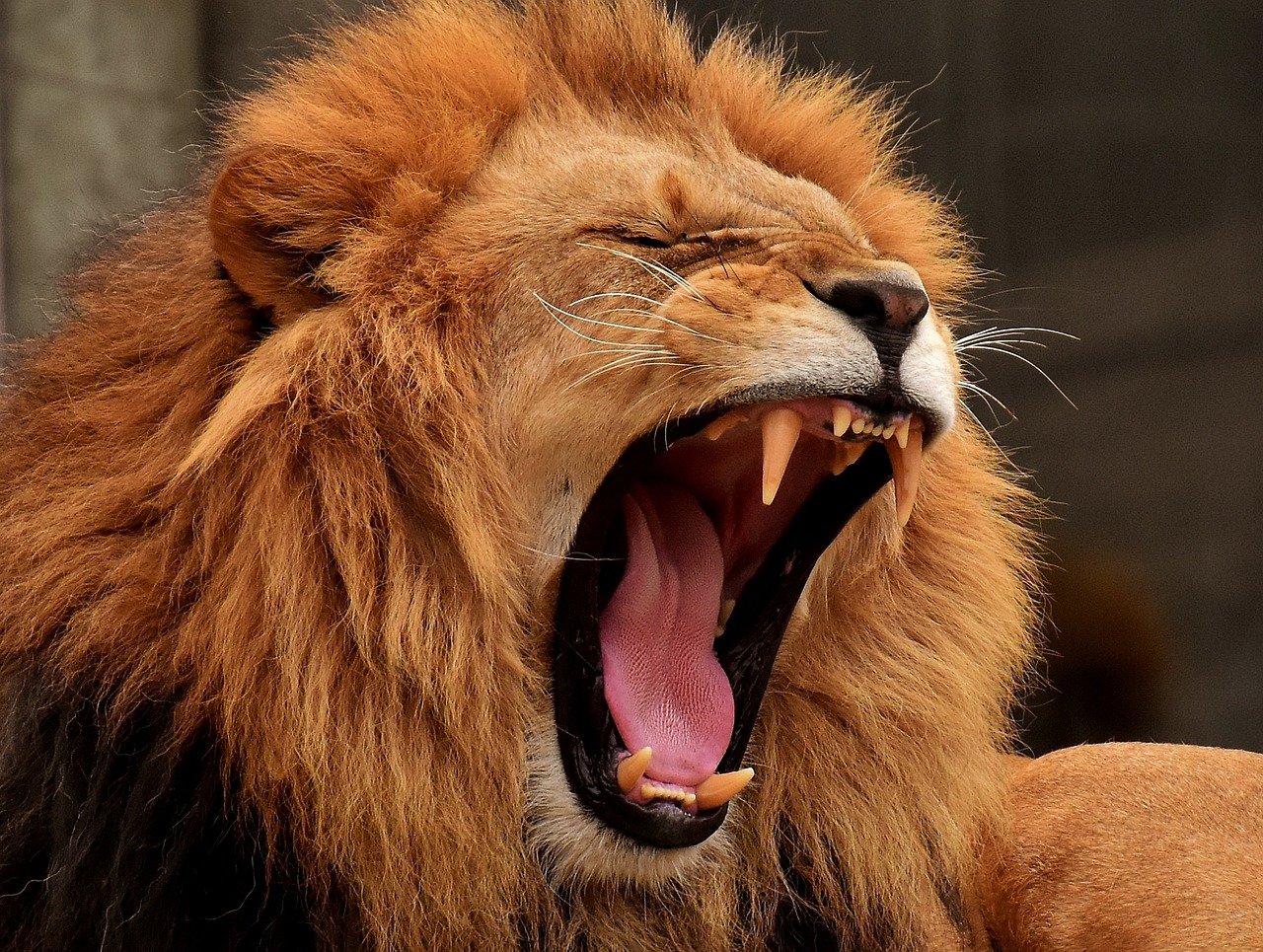
Communication methods can also influence habitat preference. In the vast open grasslands, lions use loud roars to communicate over long distances, coordinating hunts and defending territory. In the forest, where sound travels differently, leopards rely on scent markings and subtle vocalizations to interact with others. The habitat dictates the most effective communication methods, ensuring each species can maintain social bonds and territory boundaries.
Reproductive Strategies and Offspring Rearing
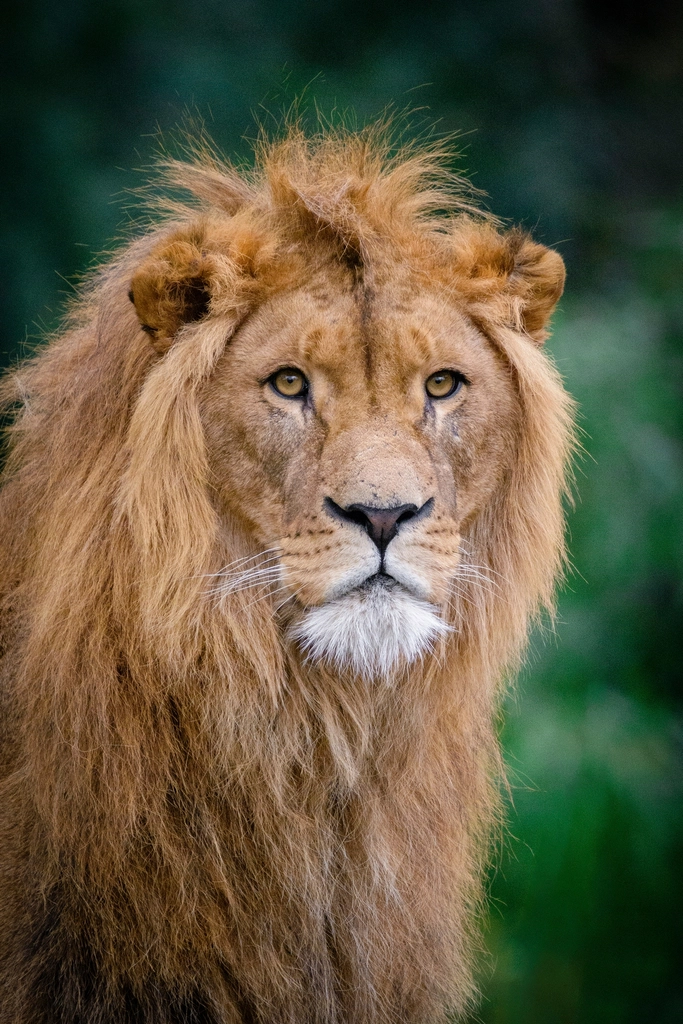
Reproductive strategies and the rearing of offspring are closely linked to habitat preferences. In the grasslands, where lions live in prides, the group provides protection and support for raising cubs. The dense forest offers leopards the cover needed to hide and protect their young from predators. Each habitat offers unique advantages for nurturing the next generation, ensuring the continuation of the species.
Threats and Predators
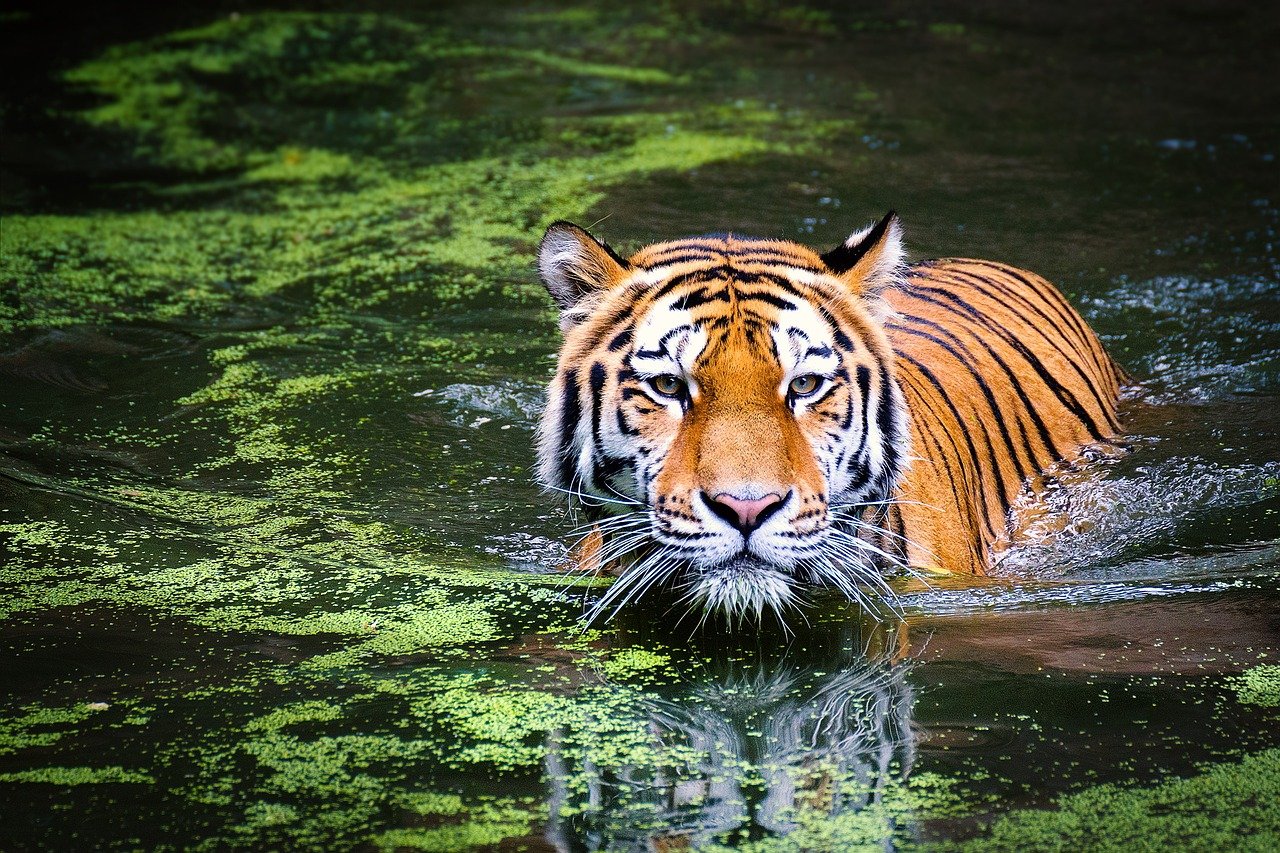
The presence of threats and predators also influences where big cats choose to live. In the grasslands, lions face competition from other predators like hyenas, which can influence their territory size and hunting patterns. In the forest, leopards must navigate threats from larger cats like tigers. Each habitat presents its own set of challenges, and the cats have evolved strategies to mitigate these risks, ensuring their survival.
Human Impacts on Habitat Choices
Human activities have significantly impacted the natural habitats of big cats. Deforestation, agriculture, and urbanization have forced many species to adapt to shrinking territories. In some cases, big cats have been pushed out of their preferred habitats, leading to increased human-wildlife conflict. Conservation efforts are essential to preserve these habitats and ensure the survival of these majestic creatures in their natural environments.
The Importance of Conservation Efforts
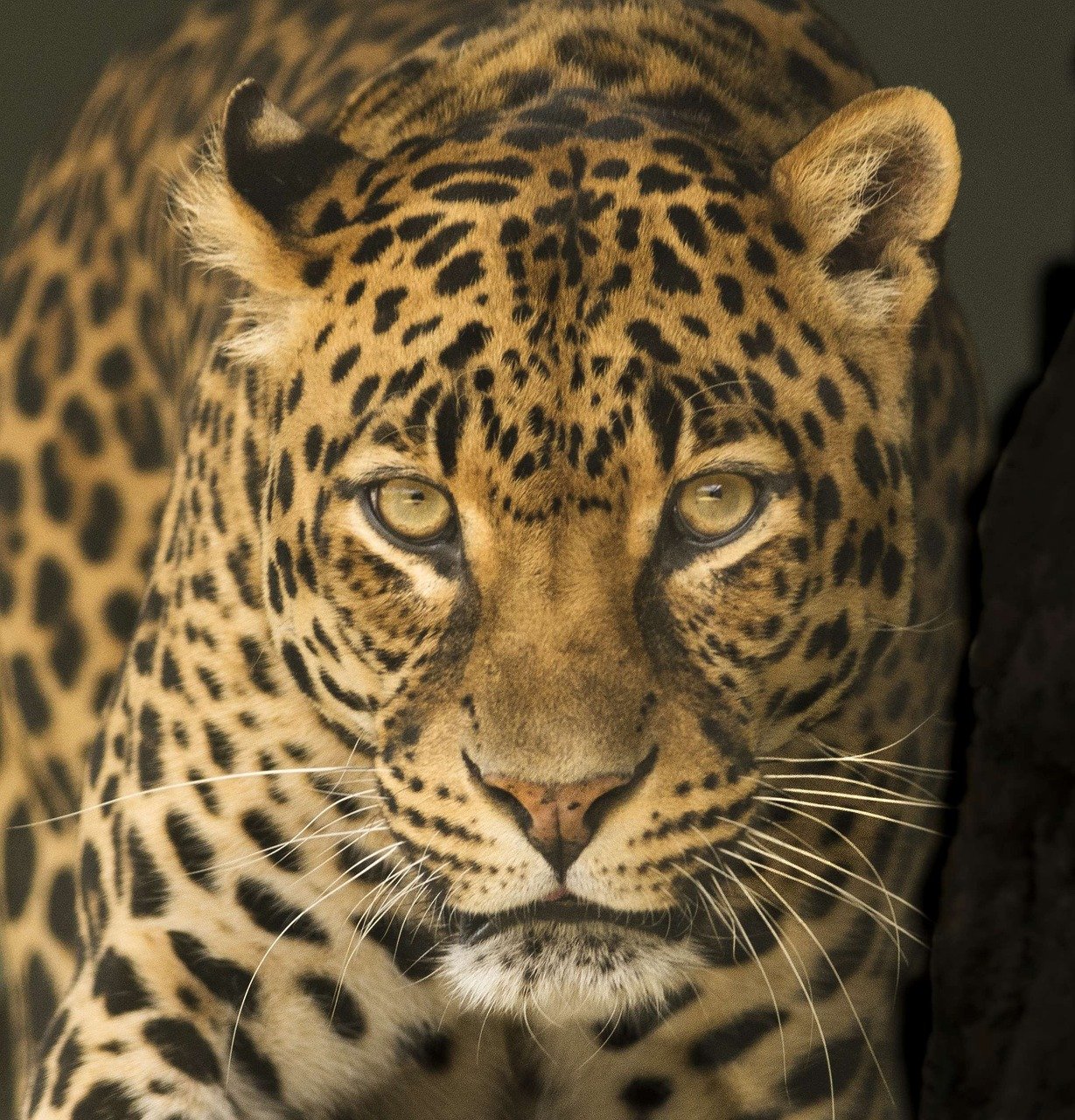
Conservation efforts are crucial in protecting the habitats of big cats. Organizations worldwide are working tirelessly to preserve grasslands and forests, ensuring these animals have the space and resources they need to thrive. By supporting conservation initiatives, we can help maintain the delicate balance of these ecosystems and protect the future of big cats for generations to come.
Conclusion
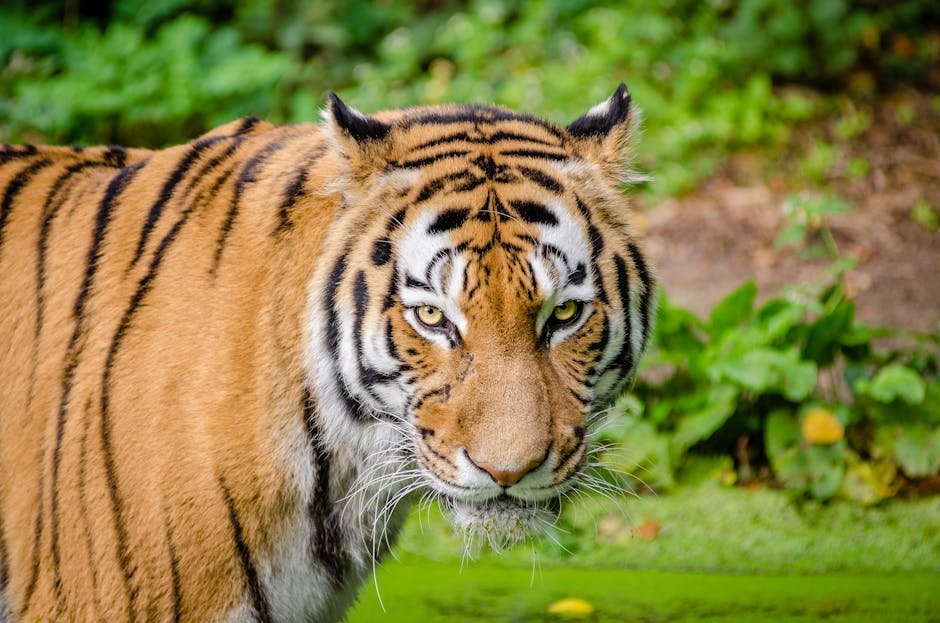
In conclusion, the habitat preferences of big cats are a fascinating blend of evolution, adaptation, and environmental factors. Each species has developed unique traits that allow them to thrive in their chosen environments, whether it be the vast grasslands or the dense forests. By understanding these preferences, we can better appreciate the complexity of these magnificent creatures and the importance of preserving their natural habitats.
Hi, I’m Bola, a passionate writer and creative strategist with a knack for crafting compelling content that educates, inspires, and connects. Over the years, I’ve honed my skills across various writing fields, including content creation, copywriting, online course development, and video scriptwriting.
When I’m not at my desk, you’ll find me exploring new ideas, reading books, or brainstorming creative ways to solve challenges. I believe that words have the power to transform, and I’m here to help you leverage that power for success.
Thanks for stopping by, Keep coming to this website to checkout new articles form me. You’d always love it!






